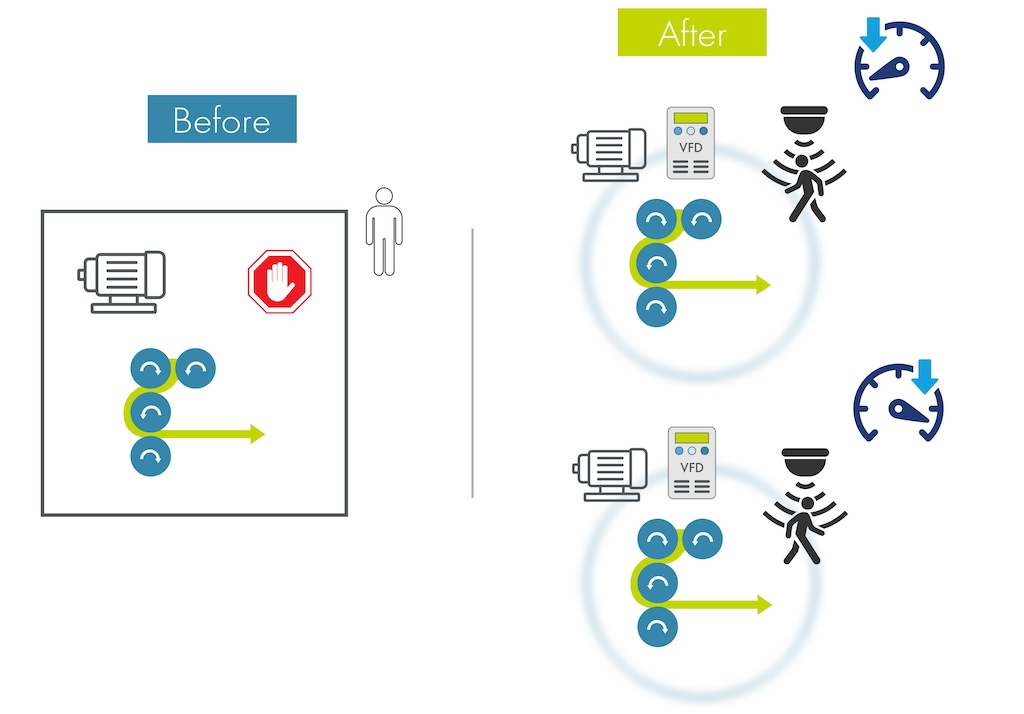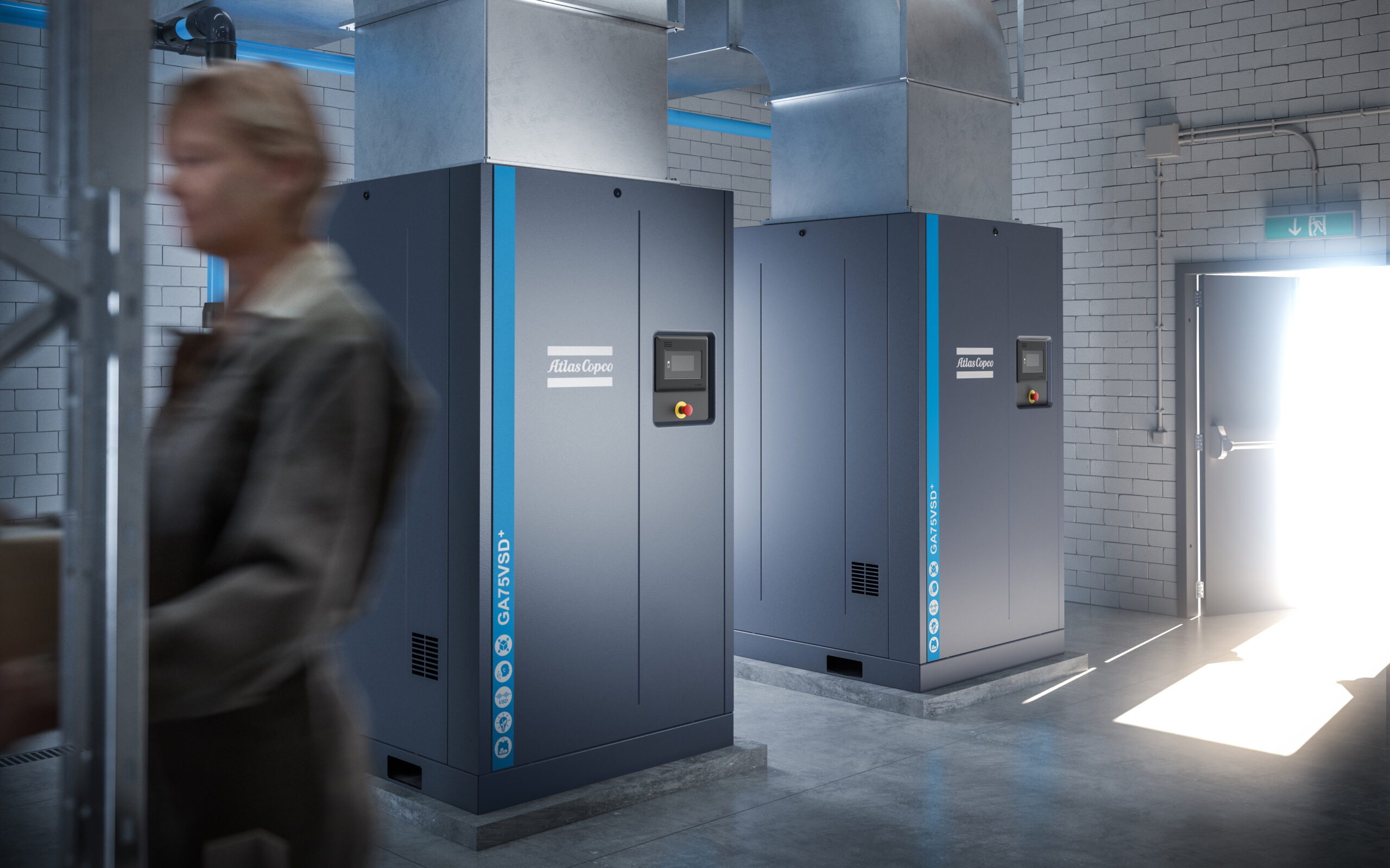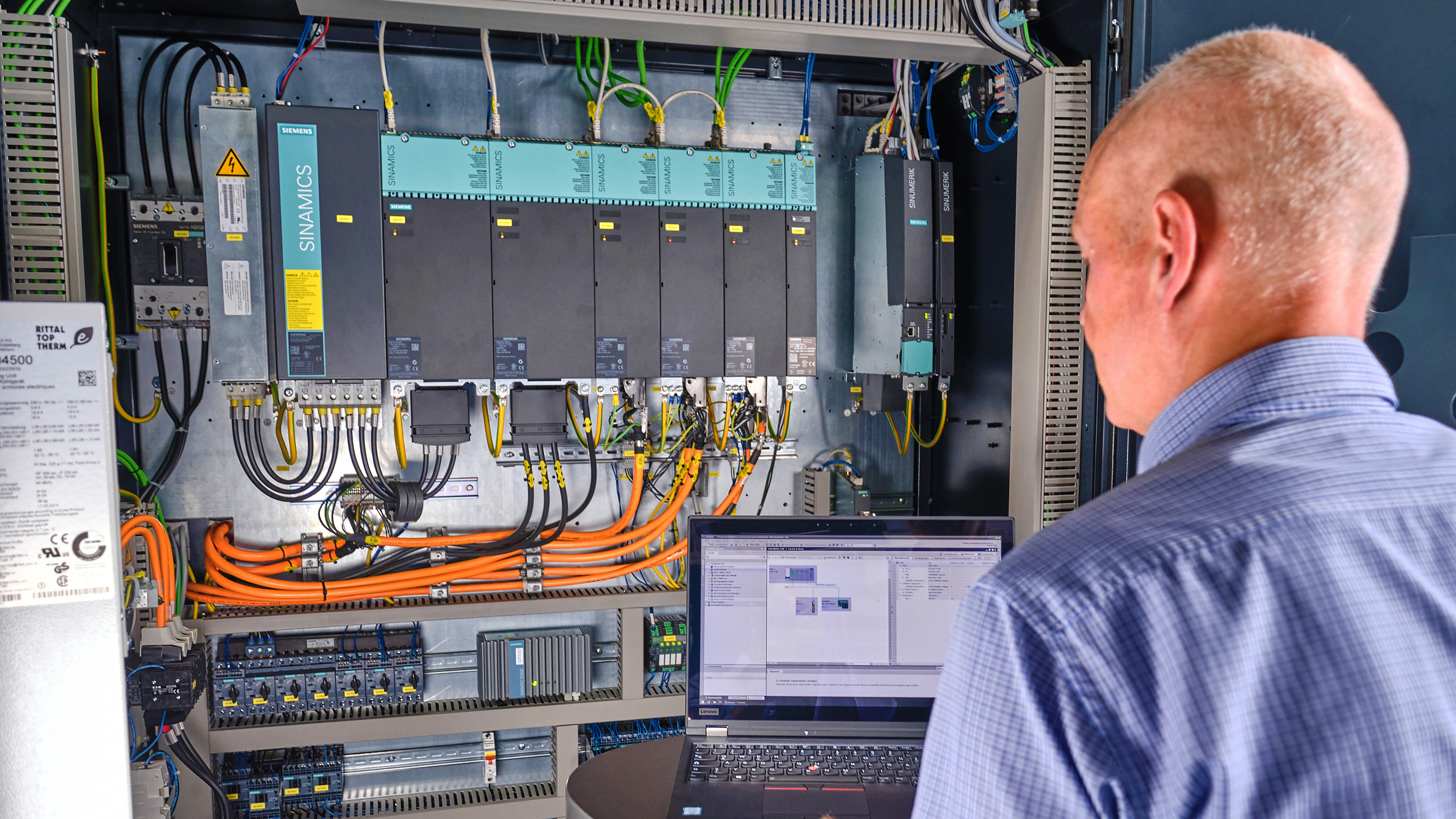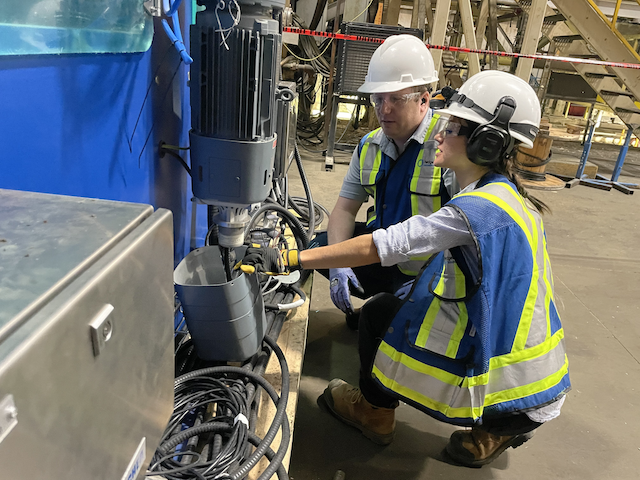The present and future for a most ubiquitous of technologies
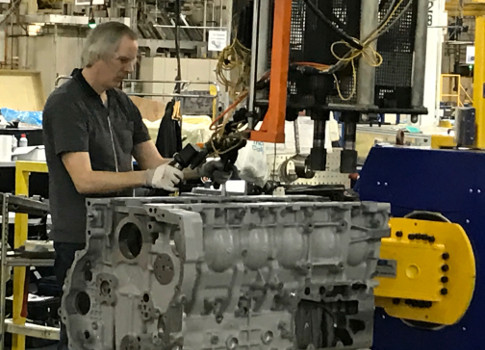
In many ways, the internal combustion engine defined the United States in the 20th century. On June 29, 1956, President Dwight D. Eisenhower signed legislation funding the construction of the U.S. Interstate Highway System (IHS). By the early 1990s, nearly 45,000 miles of interstate highway were complete and had transformed the country with its wholesale grant of mobility.
Globally, internal combustion engines are said to represent the single greatest use of power on the planet.
The Electrical Apparatus Service Association, Inc. (EASA), which styles itself “the electro-mechanical authority,” is an international trade organization of more than 1,700 electromechanical sales and service firms in nearly 70 countries. EASA provides members with a means of keeping up to date on materials, equipment, and state-of-the-art technology.
EASA held its annual convention in late June at the America’s Center Convention Complex. “The motor industry has an opportunity to demonstrate it is about engineering and not just commodities.,” as one attendee put it.
For many commodity markets, it is easier to replace rather than repair a broken unit. For combustion engines, given current supply chain shortages, that picture is changing, offering more opportunities for service companies to prove their worth.
A vast number of engines are oversized for their application. Correct downsizing will contribute to sustainability efforts. Condition monitoring and predictive maintenance will lead to operations and process optimization.
The service industry itself is changing, with private equity seen to be buying up assets and consolidating the market. At the same time, electrification trends convert many applications of gas-driven engines to electric motors.
Where it’s headed
In a recent post, Blake Griffin, a senior analyst with Interact Analysis, discusses some interesting developments impacting the transition from gas engines to electric motors.
Electric steel, used in electric motor manufacture, is key to producing the electro-magnetic field used to turn the rotor. Without the electro-magnetic properties associated with this iron alloy, motor performance will be impaired.
However, as electrical vehicle production continues to grow, so does demand for the electric steel used in motors. The process used to produce electric steel is cold-rolled steel. Cold rolled steel is a small portion of overall steel demand and increases in capacity come slowly. The Federal Reserve says the price of cold-rolled steel grew 400% since 2016.
At the same time, the share of business held by commercial and industrial electric motor vendors is being threatened by the automotive sector in the wake of widespread introduction of electric vehicles.
Interact Analysis looked at the production of lithium-ION batteries as an indicator for the speed at which electric vehicles are being produced. Given the sharp uptick in battery shipments between 2021 and 2022, Interact Analysis expects that over the next five years, the gap between supply and demand for electric steel will widen, leading to shortage supplies.
